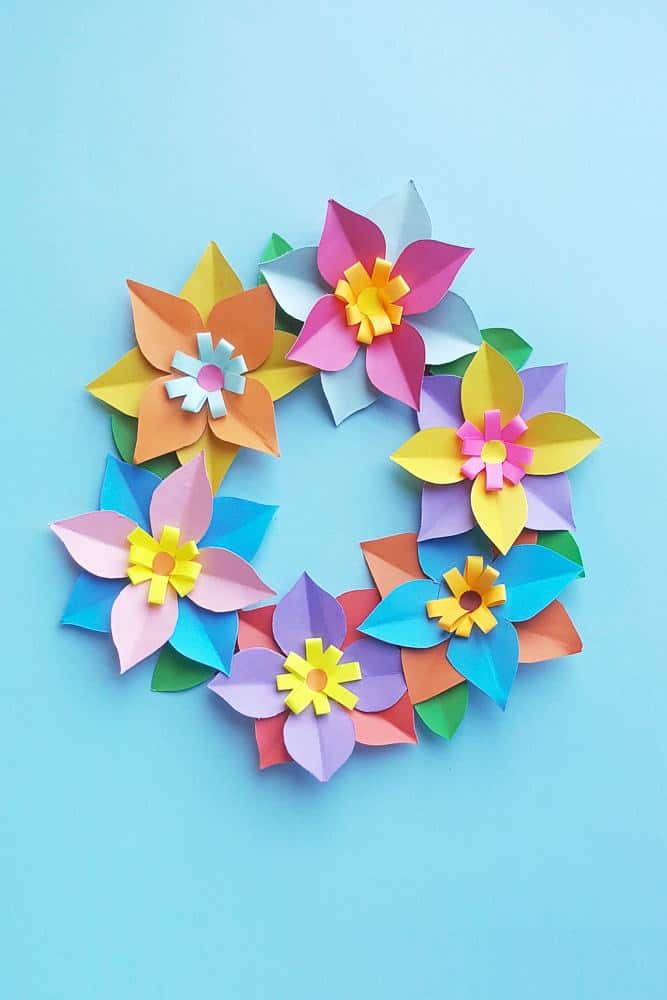
Mastering the art of pop-up card design requires a precise blend of creativity and technical skill.
In this article, we will explore the 10 essential steps to help you become a master of pop-up card design fundamentals.
From selecting the right tools and paper, to understanding card size and dimensioning, to perfecting sketching and cutting techniques, and finally, assembling the cards with ease - this comprehensive guide will empower you with the knowledge and techniques needed to create stunning pop-up card designs.
Before diving into the world of pop-up card design, it is essential to familiarize yourself with the tools necessary for creating stunning and intricate designs.
Mastering paper cutting techniques and exploring various embellishment options will elevate your designs to new heights. The first tool you'll need is a sharp pair of scissors or a craft knife for precision cutting.
A bone folder or scoring tool will help you achieve clean and crisp folds. Additionally, a cutting mat will protect your work surface and provide a stable base for cutting.
To add dimension and texture to your designs, consider using punches, stencils, or embossing tools.
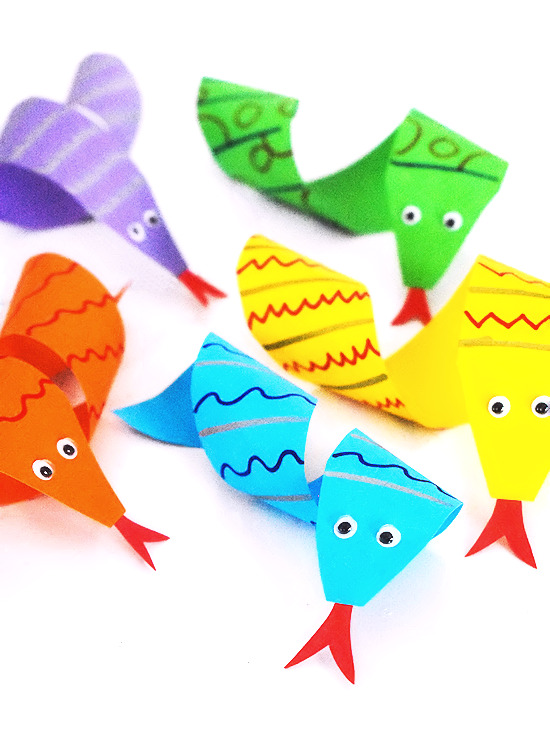
Finally, adhesive options such as glue, double-sided tape, or foam dots will ensure that your elements stay securely in place.
Choosing the Perfect Paper for Your Pop-Up Card
When it comes to choosing the perfect paper for your pop-up card, there are a few important factors to consider.
First, the weight of the paper is crucial as it determines the stability and durability of the card.
Additionally, the texture and finish of the paper can greatly enhance the overall aesthetic and tactile experience of the card.
Lastly, carefully selecting the right colors can help bring your pop-up design to life and create a visually appealing card.
Paper Weight Options
One crucial step in creating a pop-up card is selecting the appropriate paper weight, considering factors such as thickness, durability, and ease of folding. When it comes to paper weight comparison, there are several options to choose from.
However, one option that stands out is heavyweight paper. The benefits of using heavyweight paper for your pop-up card are numerous. Firstly, the thickness of the paper provides stability and durability, ensuring that your card will stand the test of time.
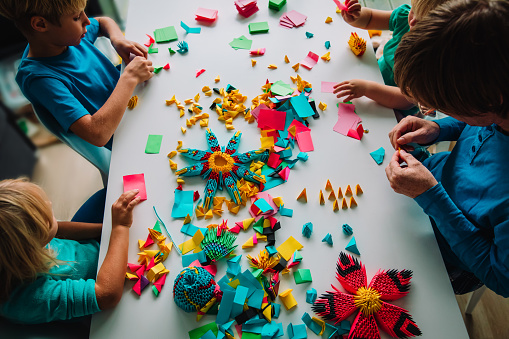
Additionally, heavyweight paper is easier to fold, allowing for more intricate and complex designs. Its sturdiness also makes it ideal for adding embellishments and decorations without worrying about the paper tearing or losing its shape.
Texture and Finish
How can you choose the perfect paper for your pop-up card in terms of texture and finish?
The texture and finish of the paper are important factors to consider when designing your pop-up card. The right texture can add depth and interest to your design, while the finish can enhance the overall look and feel of your card.
When selecting paper for your pop-up card, consider using textured papers that can be embossed to create a three-dimensional effect. This can be achieved through various embossing techniques, such as heat embossing or dry embossing.
Additionally, you can add texture to your pop-up card by using papers with different finishes, such as matte, glossy, or metallic. Experiment with different textures and finishes to find the perfect combination that enhances your pop-up card design.
Color Selection Tips
Color coordination and balance are crucial aspects to consider when selecting the perfect paper for your pop-up card. The colors you choose can evoke different emotions and set the tone for your card. Here are some color selection tips to help you create a visually appealing pop-up card:
Consider color psychology: Different colors have different psychological effects. For example, warm colors like red and orange can evoke feelings of energy and excitement, while cool colors like blue and green can create a sense of calmness and serenity.
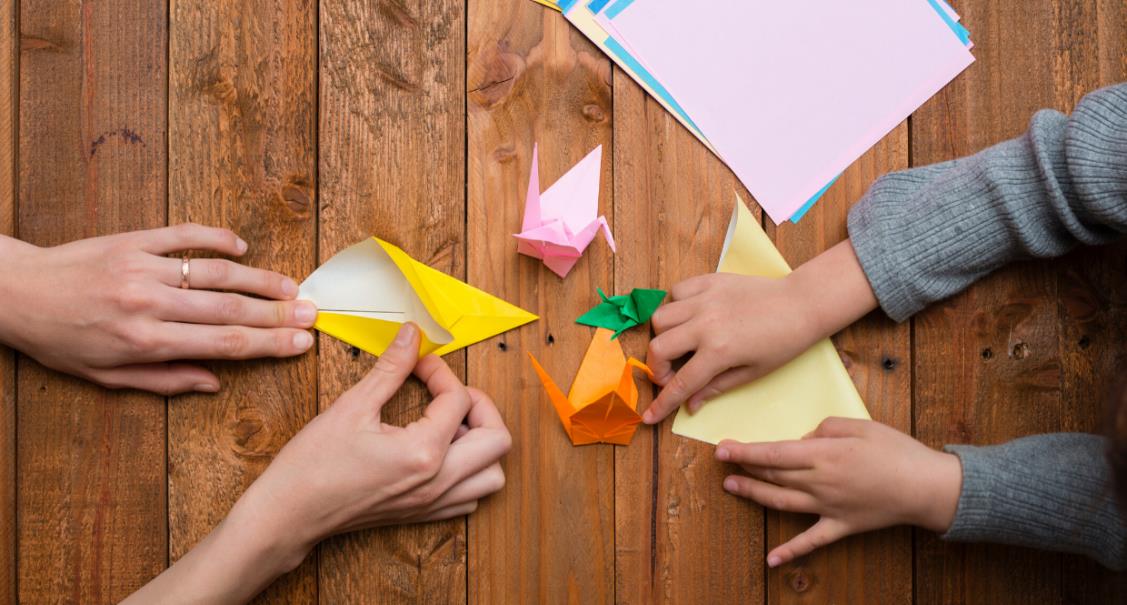
Choose complementary colors: Select colors that are opposite each other on the color wheel to create a visually striking contrast. For example, pairing blue with orange or red with green can create an eye-catching combination.
Incorporate patterns: Use patterned paper to add visual interest to your pop-up card. Consider using stripes, polka dots, or floral patterns to enhance the design.
Experiment with shades and tones: Play around with different shades and tones of the same color to create depth and dimension in your pop-up card design.
Consider the occasion: Keep in mind the theme or occasion of the card when selecting colors. For example, bright and vibrant colors may be suitable for a birthday card, while soft pastel colors may be more appropriate for a wedding or anniversary card.
Determining the Ideal Card Size
When determining the ideal card size, it is important to consider the intended purpose and recipient of the card. Whether it's a birthday card, a thank you card, or a holiday greeting, the size should be appropriate for the occasion and the message you want to convey.
Exploring different card shapes can add a creative touch to your pop-up designs. Consider the recipient's preferences and personality when deciding on the size.
Additionally, alternative materials for pop-up cards can be used to create unique and eye-catching designs. Experiment with different types of paper, such as textured or metallic paper, to add dimension and visual interest to your pop-up cards.
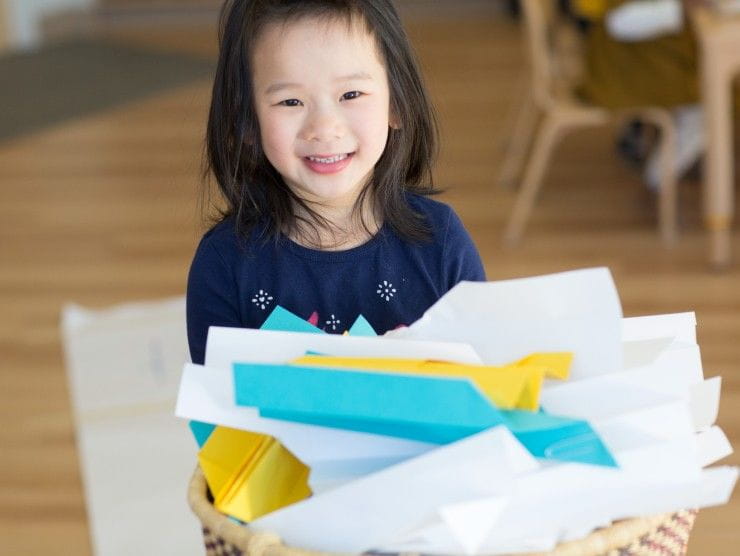
Don't be afraid to think outside the box and explore new possibilities in card size and materials.
Mastering Pop-Up Dimensioning Techniques
To achieve mastery in pop-up card design, it is essential to utilize precise dimensioning techniques and effectively coordinate the various elements of the design. Proper dimensioning ensures that the pop-up mechanism fits seamlessly within the card, creating a visually appealing and functional final product. Here are some pop-up card dimensioning tips and advanced dimensioning techniques for pop-ups:
- Measure and mark the fold lines accurately to ensure the pop-up mechanism aligns perfectly.
- Use rulers and templates to create precise measurements and angles for the pop-up elements.
- Consider the thickness of the paper when calculating the dimensions, as it affects the stability and movement of the pop-up.
- Experiment with different pop-up techniques and dimensions to create unique and eye-catching designs.
- Test the dimensions and functionality of the pop-up mechanism before finalizing the design.
Effective Sketching for Pop-Up Card Designs
Effective sketching is a crucial step in the process of designing pop-up cards. By utilizing proper sketching techniques, designers can effectively visualize their ideas and bring them to life.
Sketching not only helps in determining the placement and movement of the pop-up elements but also enhances creativity by allowing designers to explore different concepts and variations.
Sketching Techniques for Pop-Ups
The proper sketching techniques for creating pop-up card designs involve careful consideration of the card's dimensions and the placement of the pop-up elements. To effectively sketch pop-up card designs, here are some tips to keep in mind:
- Start with a rough outline of the card's overall shape and size.
- Use light, loose strokes to sketch the placement of the pop-up elements within the card.
- Pay attention to the dimensions and proportions of the pop-up elements to ensure they fit properly within the card.
- Experiment with different angles and perspectives to add depth and dimension to your sketches.
- Practice shading techniques to create realistic shadows and highlights on the pop-up elements.
Enhancing Creativity Through Sketching
Sketching plays a crucial role in fostering creativity and elevating the design process of pop-up cards through the utilization of various techniques and methods.
Creative sketching techniques enable designers to explore new ideas, visualize concepts, and refine their designs. By incorporating personal style into their sketches, designers can infuse their unique perspectives and create pop-up cards that truly reflect their artistic vision.
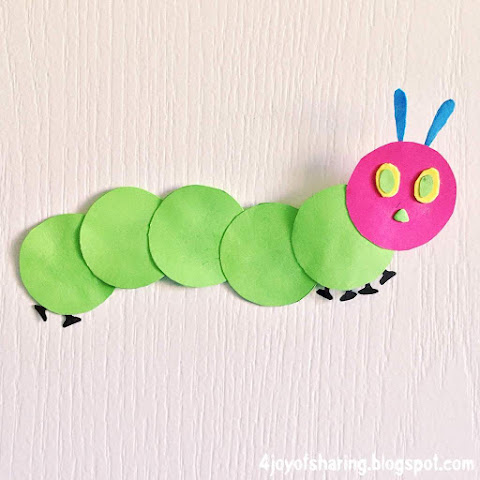
Whether it's using different line weights, experimenting with shading and textures, or incorporating intricate details, sketching allows designers to push the boundaries of their creativity. It provides a platform for brainstorming, problem-solving, and refining design elements.
Precision Cutting Techniques for Flawless Pop-Ups
To achieve precise and flawless pop-up designs, mastery of cutting techniques is essential. Here are some key tips to help you achieve perfection in your cutting:
Use high-quality precision cutting tools, such as sharp scissors or craft knives, to ensure clean and accurate cuts.
Take your time and work slowly, paying attention to detail and being mindful of your cuts.
Use a cutting mat or a protective surface to avoid damaging your work surface and to ensure stability while cutting.
Avoid common cutting mistakes, such as cutting too close to the fold lines or cutting through important elements of your design.
Practice proper hand positioning and grip to maintain control and precision while cutting.
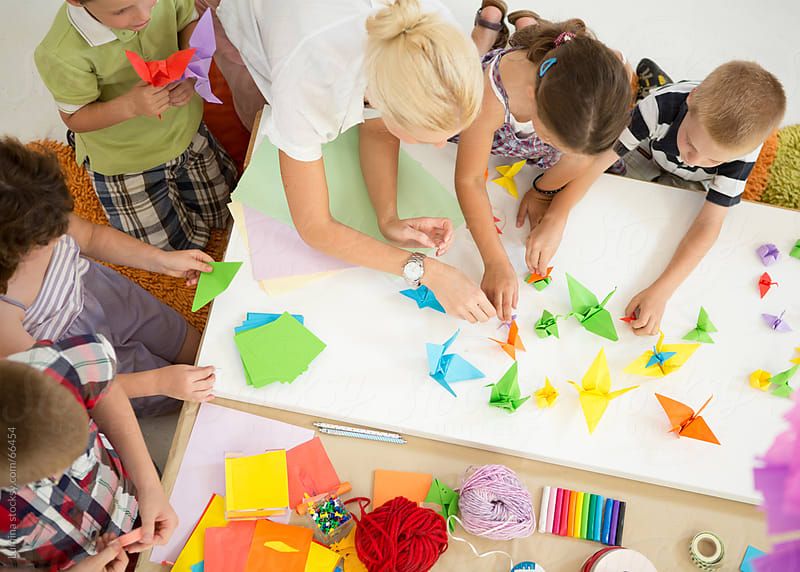
By following these techniques and avoiding common mistakes, you will be able to create pop-up designs that are visually stunning and flawlessly executed.
Let your creativity flow and enjoy the freedom of precise cutting!
Step-by-Step Assembly Guide for Pop-Up Cards
This section will provide a step-by-step assembly guide for pop-up cards.
The guide will cover important folding techniques, adhesive options for securing the elements, and troubleshooting common assembly issues.
By following these instructions, readers will be able to successfully assemble their pop-up cards with precision and creativity.
Whether you are a beginner or an experienced designer, this guide will help you master the art of pop-up card assembly.
Folding Techniques for Assembly
How can different folding techniques be utilized to effectively assemble pop-up cards step-by-step?

Incorporating various folding techniques is essential in the assembly process of pop-up cards. Here are some assembly tips to ensure a smooth and successful construction:
Mountain Fold: Create a fold by bringing the paper up and folding it away from you, forming a peak in the middle.
Valley Fold: Fold the paper by bringing it down and folding it towards you, creating a valley in the middle.
Accordion Fold: Fold the paper back and forth in a zigzag pattern, creating multiple parallel folds.
Gate Fold: Fold the sides of the paper towards the center, resembling an opening gate.
Box Fold: Fold the paper to create a box-like structure, providing depth and dimension to the pop-up element.
Adhesive Options for Securing
Different adhesive options are available for securely assembling pop-up cards, ensuring that the elements stay in place and the card maintains its structural integrity.
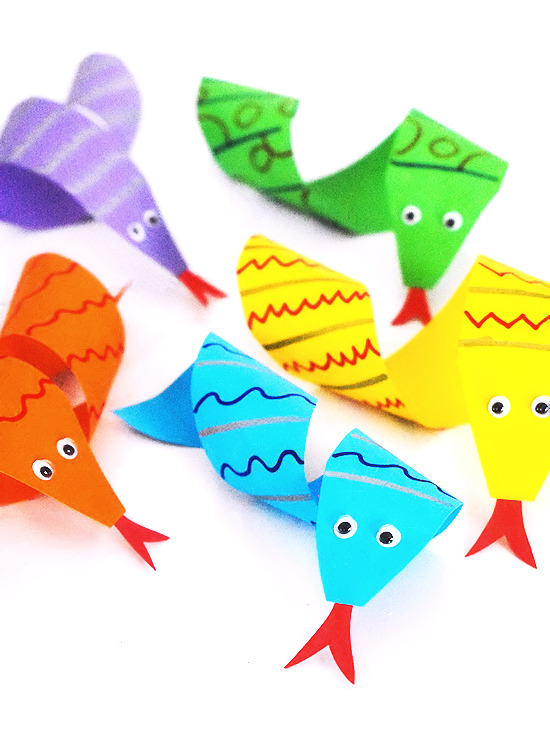
When it comes to choosing the right adhesive for your pop-up card project, there are several alternative adhesives to consider. One option is double-sided tape, which provides a strong bond and is easy to use.
Another option is liquid glue, which allows for precise application and dries clear. Additionally, glue dots can be a convenient choice for securing small elements.
To ensure successful adhesive application, it is important to follow proper techniques. Apply the adhesive sparingly to avoid excess glue showing through the paper and causing a messy appearance.
Allow the adhesive to dry completely before moving or folding the card to prevent shifting or warping. By selecting the appropriate adhesive and using proper application techniques, you can securely assemble your pop-up card with ease.
Troubleshooting Common Assembly Issues
To effectively address common assembly issues in pop-up card design, it is important to follow a step-by-step assembly guide and troubleshoot any potential problems that may arise. By understanding and preventing common assembly mistakes, you can ensure that your pop-up card comes together smoothly and successfully.
Here are some troubleshooting tips to help you along the way:
- Check for proper alignment and positioning of the pop-up elements.
- Ensure that the folds are crisp and clean, allowing the card to open and close smoothly.
- Double-check the adhesive application to ensure proper bonding and strength.
- Verify that all cut lines have been completely severed, allowing the pop-up elements to move freely.
- Test the card's functionality by opening and closing it multiple times to identify any potential issues.
Understanding the Mechanics of Pop-Up Designs
The mechanics of pop-up designs involve analyzing and manipulating the interplay of folding, cutting, and tension to create dynamic and engaging three-dimensional structures within a card. These designs have found applications in mechanical engineering, where the principles of motion and forces are utilized to create intricate mechanisms.
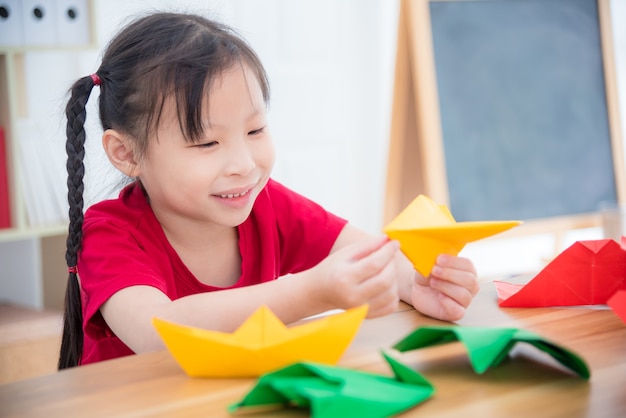
The historical evolution of pop-up designs can be traced back to ancient Chinese and European paper folding techniques. Over time, these techniques have been refined and adapted to create more complex and visually stunning pop-up designs.
Exploring Design Possibilities Through Experimentation
By experimenting with various design techniques, one can unlock a multitude of creative possibilities in pop-up card design. The process of exploring design possibilities through experimentation allows artists to push the boundaries of traditional pop-up card design and create unique and captivating designs.
Here are some ways to explore and experiment with pop-up card design:
Experimenting with different card shapes: By exploring different card shapes, such as circles, triangles, or even irregular shapes, designers can create visually interesting pop-up designs that stand out.
Exploring unconventional pop-up mechanisms: Instead of relying on traditional pop-up mechanisms, designers can experiment with unconventional mechanisms such as sliders, spinners, or even pop-up mechanisms that incorporate light and sound.
Combining different design elements: Experimenting with the combination of various design elements, such as colors, patterns, textures, and illustrations, can lead to unexpected and visually stunning pop-up card designs.
Incorporating different materials: By incorporating different materials, such as fabric, wood, or metal, designers can add depth and texture to their pop-up card designs.
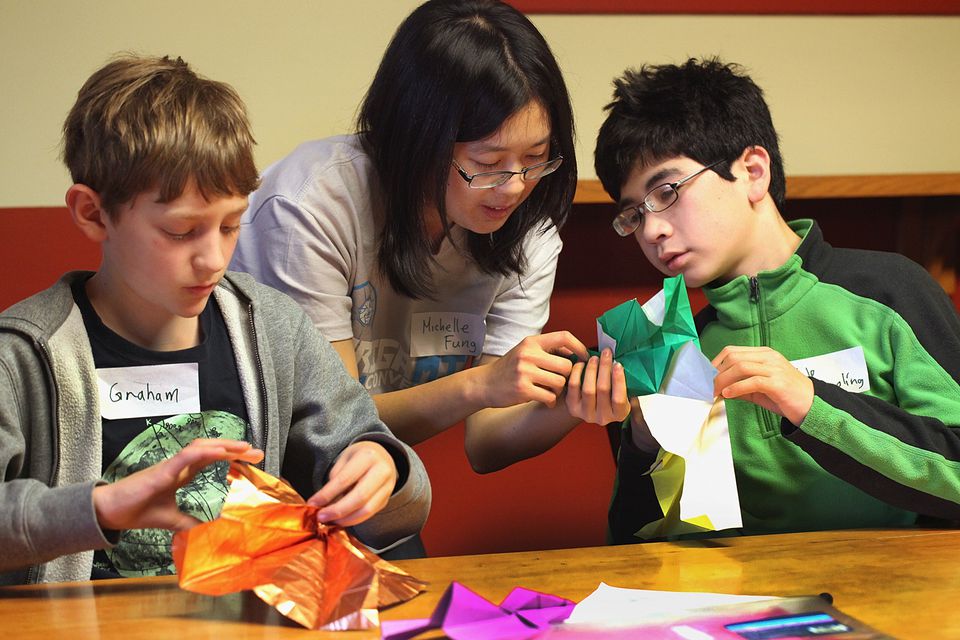
Trying out different cutting and folding techniques: Experimenting with different cutting and folding techniques can result in unique and intricate pop-up card designs that showcase the designer's creativity and technical skills.
Through experimentation, designers can unleash their creativity and create pop-up card designs that are truly unique and captivating.
Enhancing Your Pop-Up Card With Color and Finishing Touches
An article determiner is 'An'.
Enhancing your pop-up card with color and finishing touches is an essential step in creating a visually stunning and captivating design.
Color combinations play a crucial role in evoking emotions and setting the mood of your card. Experiment with different hues, shades, and tints to find the perfect color scheme that complements your design.
Additionally, adding embellishments can elevate the overall look of your pop-up card. Consider using glitter, sequins, ribbons, or even small trinkets to add texture and visual interest.
However, it is important to strike a balance between adding embellishments and maintaining the functionality of your pop-up card. Remember, the goal is to enhance the design without overwhelming it.
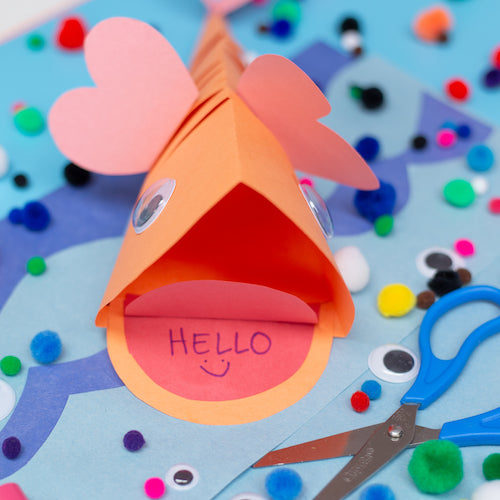
Frequently Asked Questions
Common mistakes with essential tools for pop-up card design include using dull blades, improper alignment of cutting tools, and poor adhesive application. To ensure effective functioning of pop-up cards, follow these tips for accurate and clean results.
How Can I Prevent My Pop-Up Card From Collapsing or Not Functioning Properly?
To prevent a pop-up card from collapsing or malfunctioning, it is crucial to employ proper folding techniques for a sturdy construction. Additionally, reinforce the mechanisms to ensure stability and functionality throughout the card.
Are There Any Specific Types of Paper That Should Be Avoided When Choosing the Perfect Paper for a Pop-Up Card?
When choosing paper for pop-up cards, it is important to avoid overly thick or rigid types of paper, as they may hinder the folding and movement of the pop-up elements. Opt for flexible and lightweight paper for better functionality.
Can I Use Unconventional Materials for Pop-Up Card Designs, or Should I Stick to Traditional Paper?
When it comes to pop-up card designs, there is room for creativity and experimentation. While traditional paper is commonly used, creative alternatives and unconventional materials can be incorporated to create unique and visually striking pop-up cards.
What Are Some Alternative Ways to Add Dimension to Pop-Up Cards, Aside From Traditional Pop-Up Techniques?
Different techniques for creating interactive pop-up cards include using sliders, wheels, or pull tabs. These creative ways to incorporate movement in pop-up card designs add an extra level of excitement and engagement for the recipient.
 Kids Art ProjectsParty PlanningPaper CraftsOrigami for KidsPrivacy PolicyTerms And Conditions
Kids Art ProjectsParty PlanningPaper CraftsOrigami for KidsPrivacy PolicyTerms And Conditions
